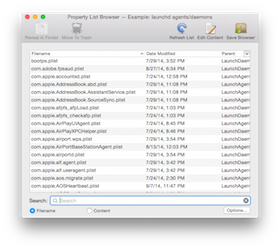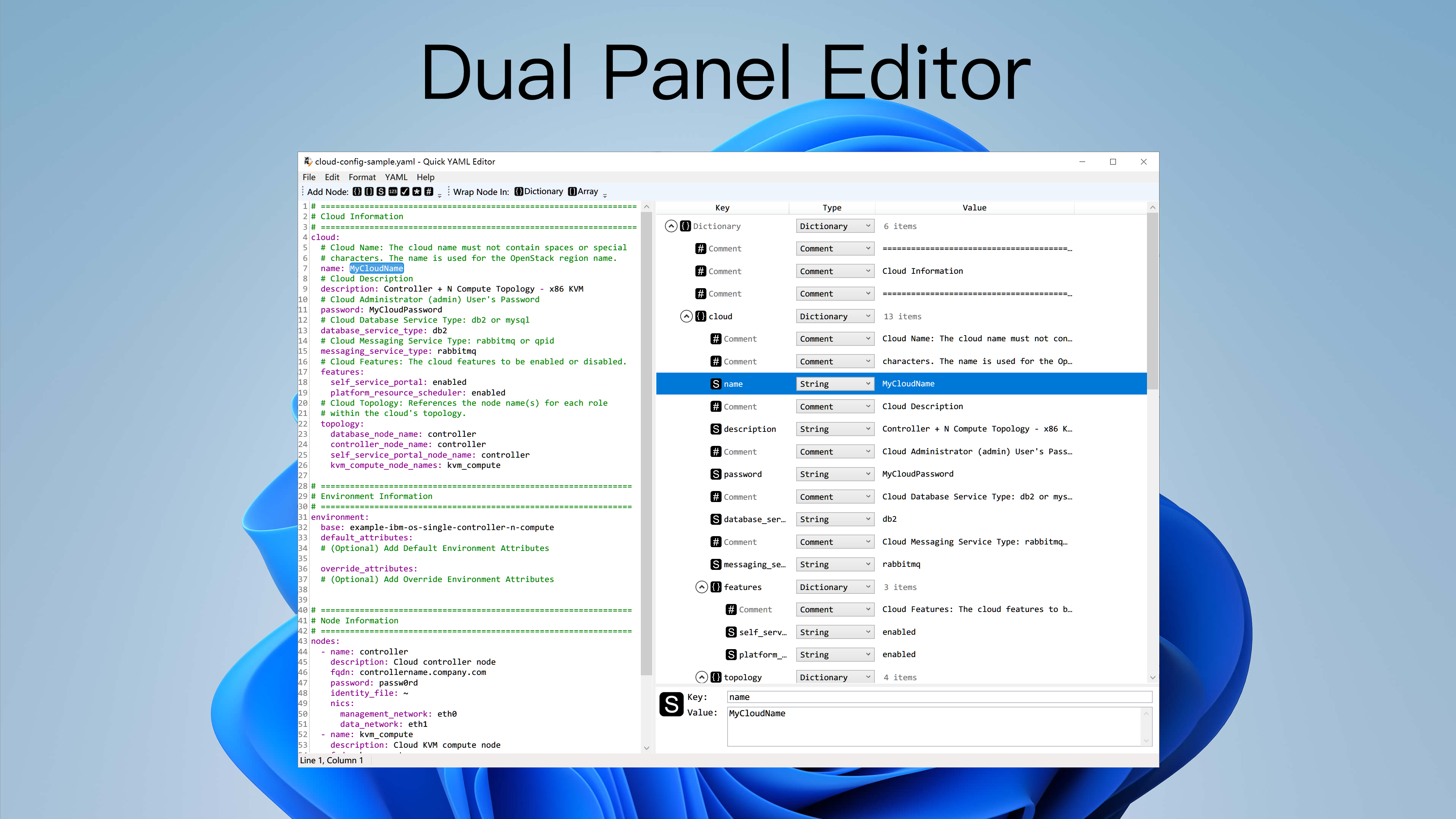
However, if you try this today you will get an error when opening it in Power Apps. msapp file as just unzipping it, making your changes, compressing it, and opening it in Power Apps. From what I’ve read it was as easy to edit a. msapp folder structure was different and included a file called entities.json (so if you see old articles that mention this entity’s file, know that they’re obsolete now). As of two years ago apparently, this was super easy - the. msapp file is not throwing an error when loading it back into Power Apps studio. It’s basically a series of objects (denoted by curly brackets ) with key value pairs (“name”: “Screen1”, “height”: 750, etc.). msapp file is in JSON format, which you shouldn’t feel intimidated by if you haven’t worked with before. The last file to call out is properties.json which has a lot of information about the app itself.Īlmost everything in a. This themes.json is the file we’ve worked hard to modify with variables for our theme template (which we’ll cover in the demo below). References contains several helpful files, including datasources.json (which has properties for all data sources used in your app) and themes.json (which controls the property defaults for all new controls placed in your app).
Power json editor mac code#
This includes all the properties and values you set through the GUI Power Apps studio.Īnother very useful folder is controls which contains the code (again in JSON format) for every single control used in your app, organized by app screen. The first folder I’ll call out is the components folder which contain the code (in JSON format) for any components used in your app. For now, let’s go ahead and peek at the contents inside an extracted.
Power json editor mac how to#
We’ll go over this process in detail in the demo below, including how to unzip a. msapp file is, it’s the file Power Apps provides when you’re in the online studio and “save as” as a download to your machine. You will either need Windows or a virtual machine that runs windows on your Mac.


Secondly (and sadly), if you're a Mac person this process will not work for you. Requirementsįirst and foremost, you need Power Apps which I’m guessing you have if you're reading this blog - it comes with most Microsoft 365 subscriptions. It's possible for apps modified this way to break down the road as Microsoft makes continued changes to Power Apps, so you'll just need to be aware of that risk. Consider it an experimental feature and something you may not want to do with mission-critical production apps. msapp file is not supported by Microsoft.


 0 kommentar(er)
0 kommentar(er)
